I planted a street tree!*
* I [watched paid professionals] plant a street tree [and got to smush in some decorative garlic].
I forget how I first came across an event listing for a street tree planting on my very own block, but fate has been pushing its own sense of humor on my bonsai journey, so who am I to argue. This is how I found myself masked up one morning with 20-odd New York weirdos who show up to free events like tree plantings, across the street from my Jackson Heights apartment, shovel in hand.
The event was put on by Trees New York, a non-profit founded in 1976 that works with the Parks Department to grow and maintain the city’s trees, and the Nature Conservancy, an organization that funds conservation projects worldwide. While properly qualified contractors dug holes and unloaded a truck full of trees, Trees New York’s executive director Nelson Villarrubia laid out the group’s mission. Trees New York plants trees on its own and trains a volunteer squad of Citizen Pruners, who are permitted by the city to remove dead branches and improve a tree’s growth pattern. The group also runs youth programs and tackles the gaping inequity in New York’s distribution of trees, which favors exactly the wealthy white neighborhoods you suspect.
Street trees are such a no-duh of urban planning that it’s hard to overstate their value. Beside making a block nicer to walk down, they produce fresh air, capture carbon, reduce erosion while feeding the water table, help regulate temperatures, and provide crucial habitats for our sociopath squirrels. The Parks Department takes public requests to plant street trees for free, provided a requested spot meets with city guidelines. You can even request a permit to plant a tree yourself.
“It takes a lot of effort and energy to make these trees grow,” said Emily Nobel Maxwell, the cities director of the Nature Conservancy’s New York branch. During the growing season, young recently planted trees may need 20 gallons of irrigated water each week. Tree beds require regular weeding as well as aeration to counteract the soil compaction from foot traffic.
New York City buys trees from large scale nurseries. A burlap-wrapped Japanese lilac or sweetgum on this truck weighs between 700 and 800 pounds, Trees New York’s arborist Sam Bishop said.
After the tree was lowered into its bed, workers cut away the burlap and teased out the roots. In any kind of repotting you want to make a kind of gradient that eases the old soil into the new, which helps damaged root tips to stretch out and establish themselves. When I see this sandy, mucky soil up close I’m amazed anything can grow in it.
Once the experts got the hard work done, us volunteers shoveled the dug-out soil back into the tree bed. Whenever we added a new layer, Bishop stamped his feet across the bed to tamp the soil down. Tamping is important with bonsai repotting too, as it’s critical to get rid of air pockets that could dry out and compact roots.
We planted these bulbs in the top layer. I was told they’re decorative garlic and that their roots will help aerate soil for the tree. Then we added a layer of mulch, which will help the soil retain water and insulate the tree from the cold.
My neighborhood is a good tree spot by New York standards. The parks and residential areas have lots of old trees and some gnarly specimens. My block, though, is pretty barren; most of our trees are juvenile and not that interesting. So this addition of a lilac, a sweetgum, and two elms-or-oaks-guess-we’ll-find-out-in-spring is a welcome improvement.
And yet even on a shlubby block, the community provides. Someone in the building next to mine maintains a funky little garden in a vacant tree bed. A church on the corner has a lovely private garden behind a wrought-iron fence. Eight years into this apartment I love watching the plants inside change with the seasons.
Over the course of 2021 I’ve been mulling over what would be involved in some kind of neighborhood bonsai exhibit where locals could display their trees. It could act as a kind of plant summer camp for people like me without outdoor space, and some hypothetical “we” could host demos for kids. There are a thousand hazards between here and there so I’m not holding my breath. But it’d be nice to try.
Tree reading
You should read this report on the benefits of New York’s “urban forest.” It’s a much more compelling read than that sentence sounds. [The Nature Conservancy]
So uh New York City is now classified as subtropical. I missed this news from June 2020. [New York Times]

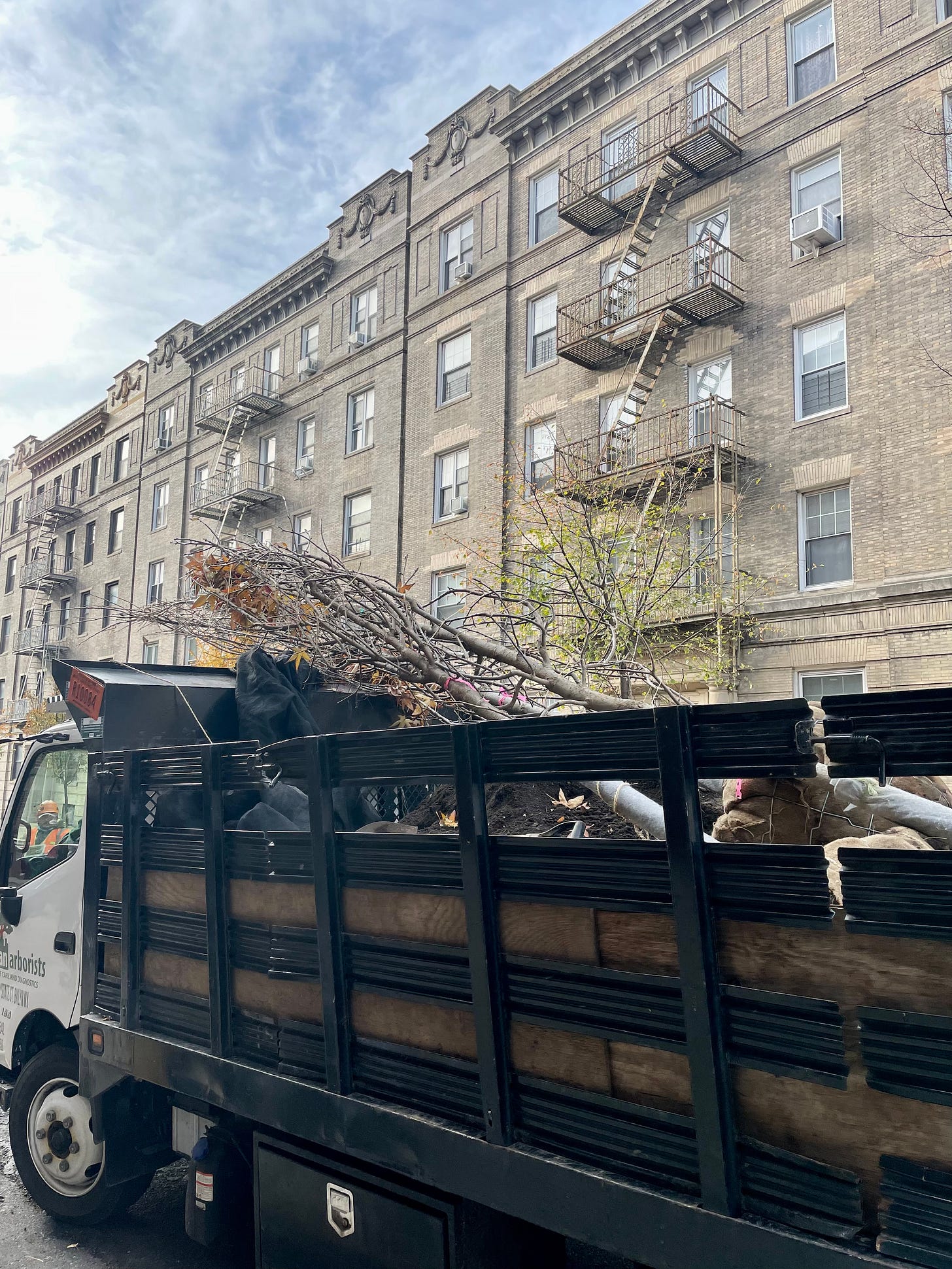


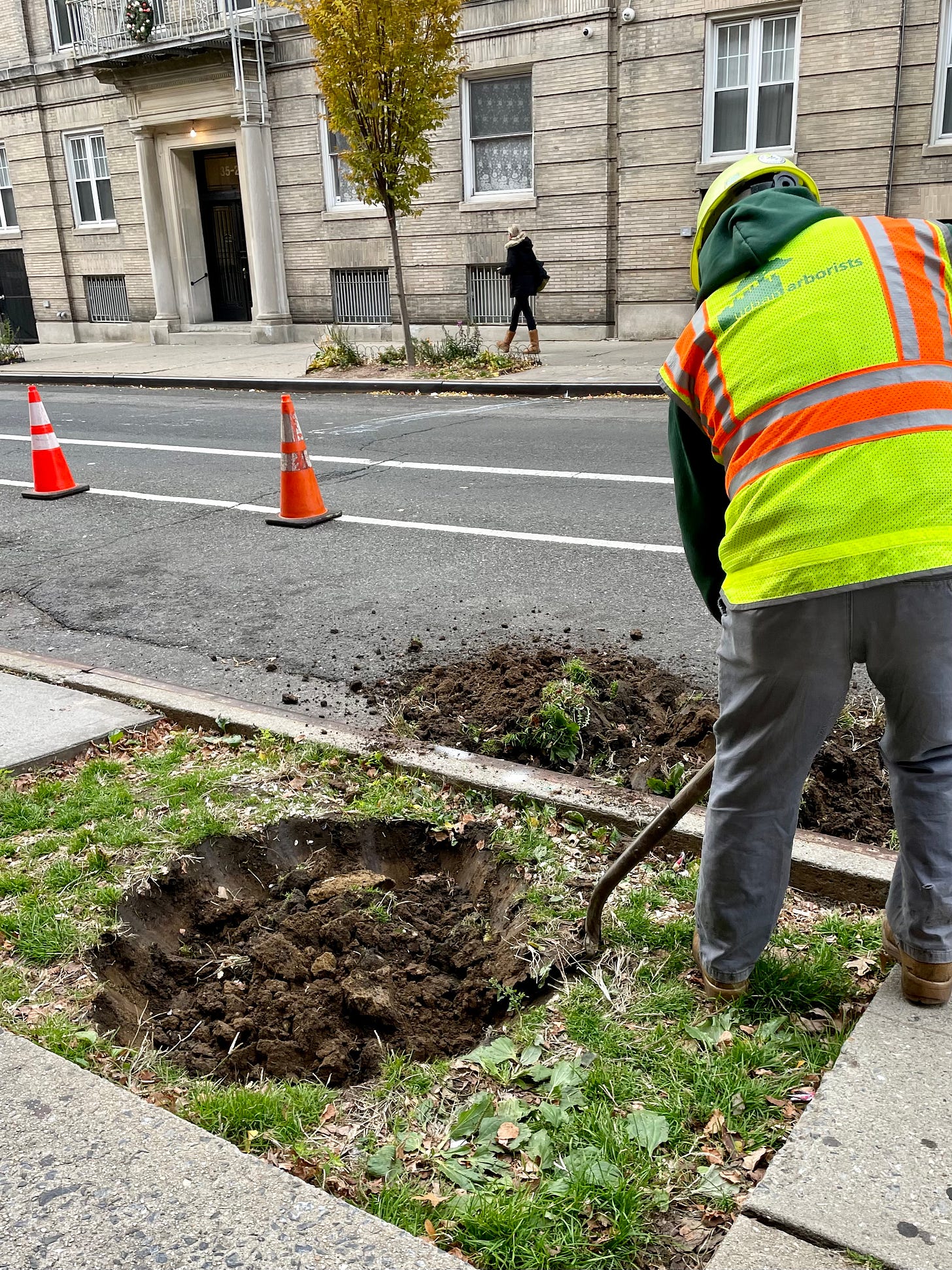
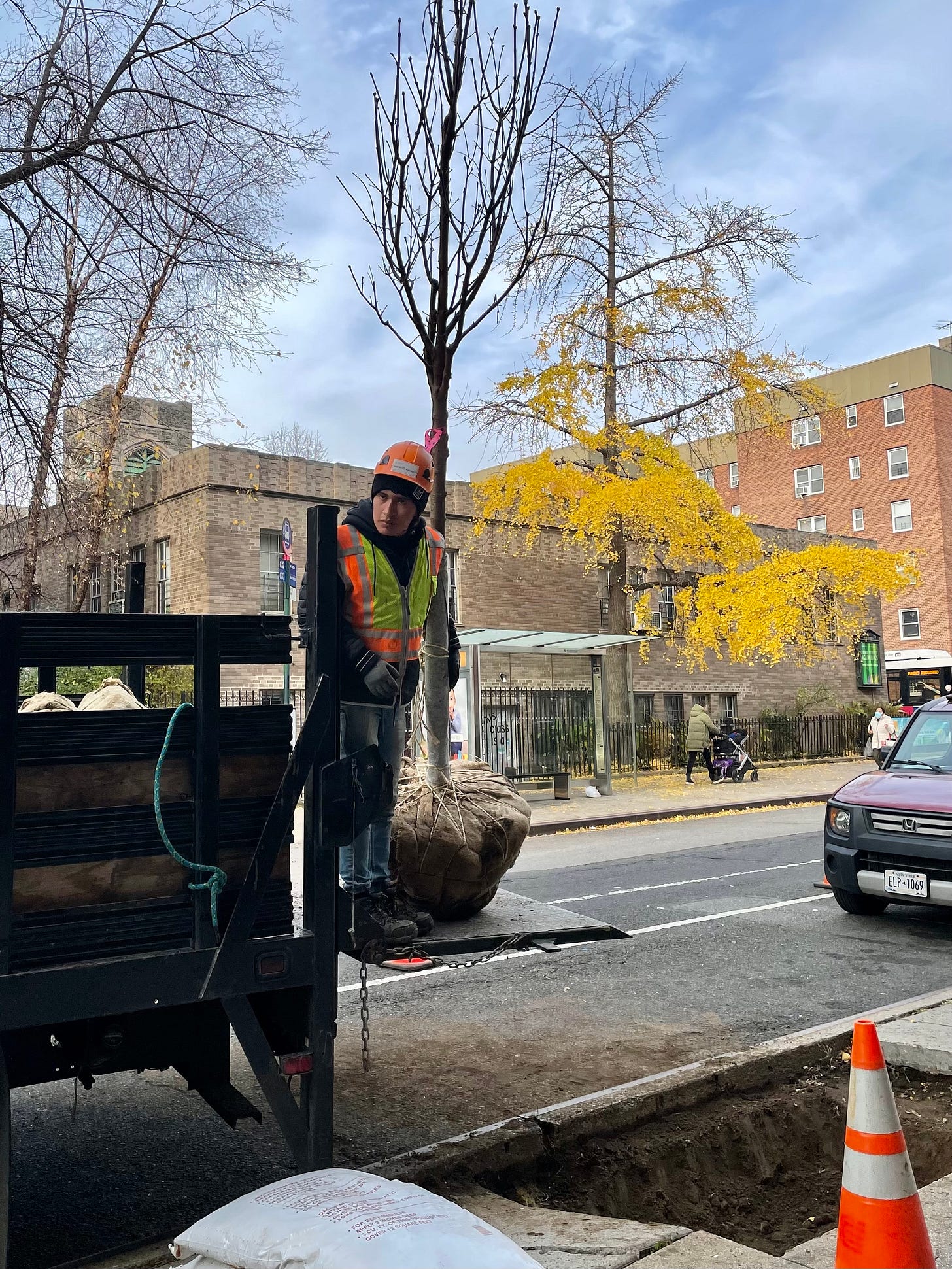
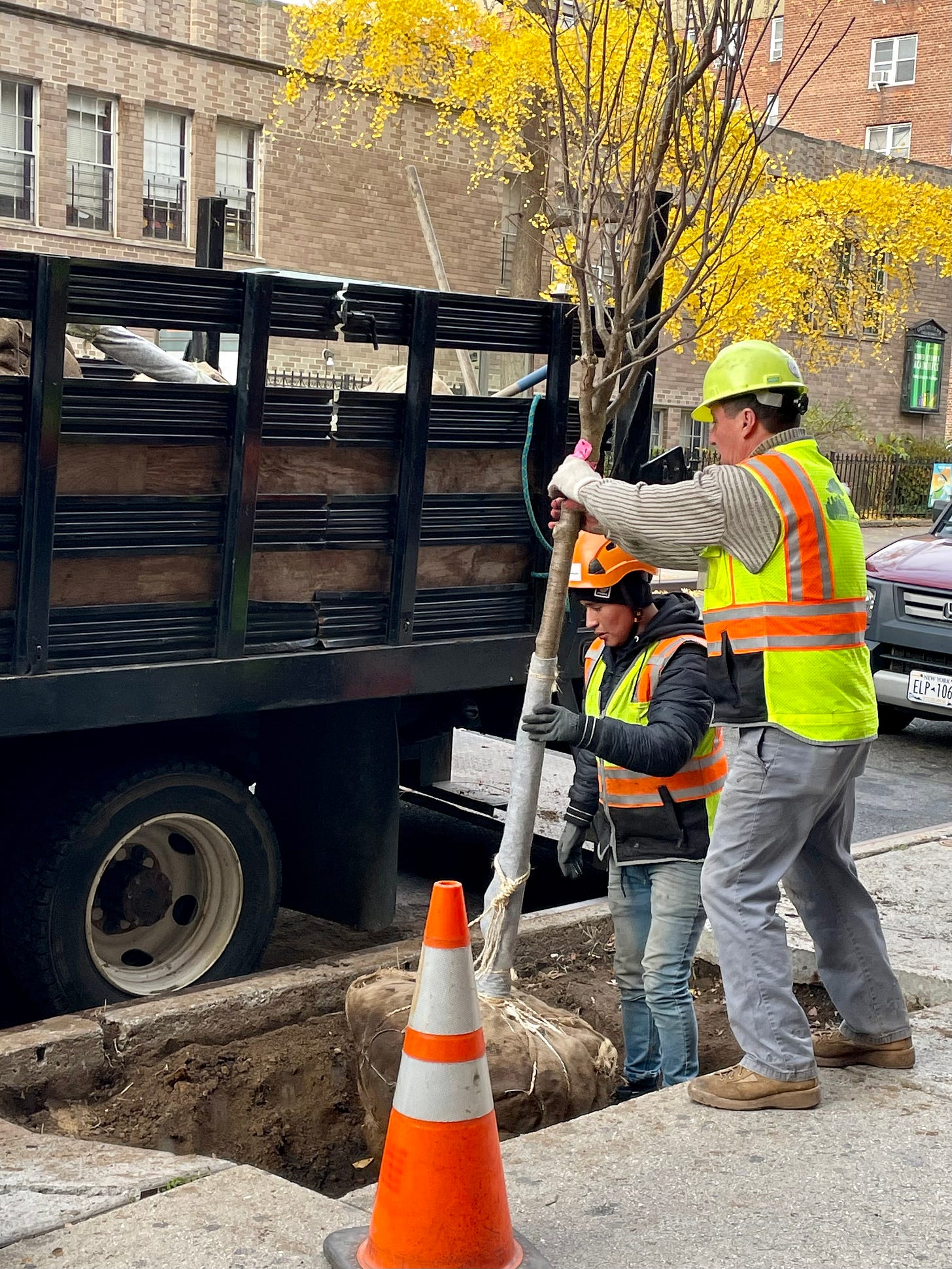
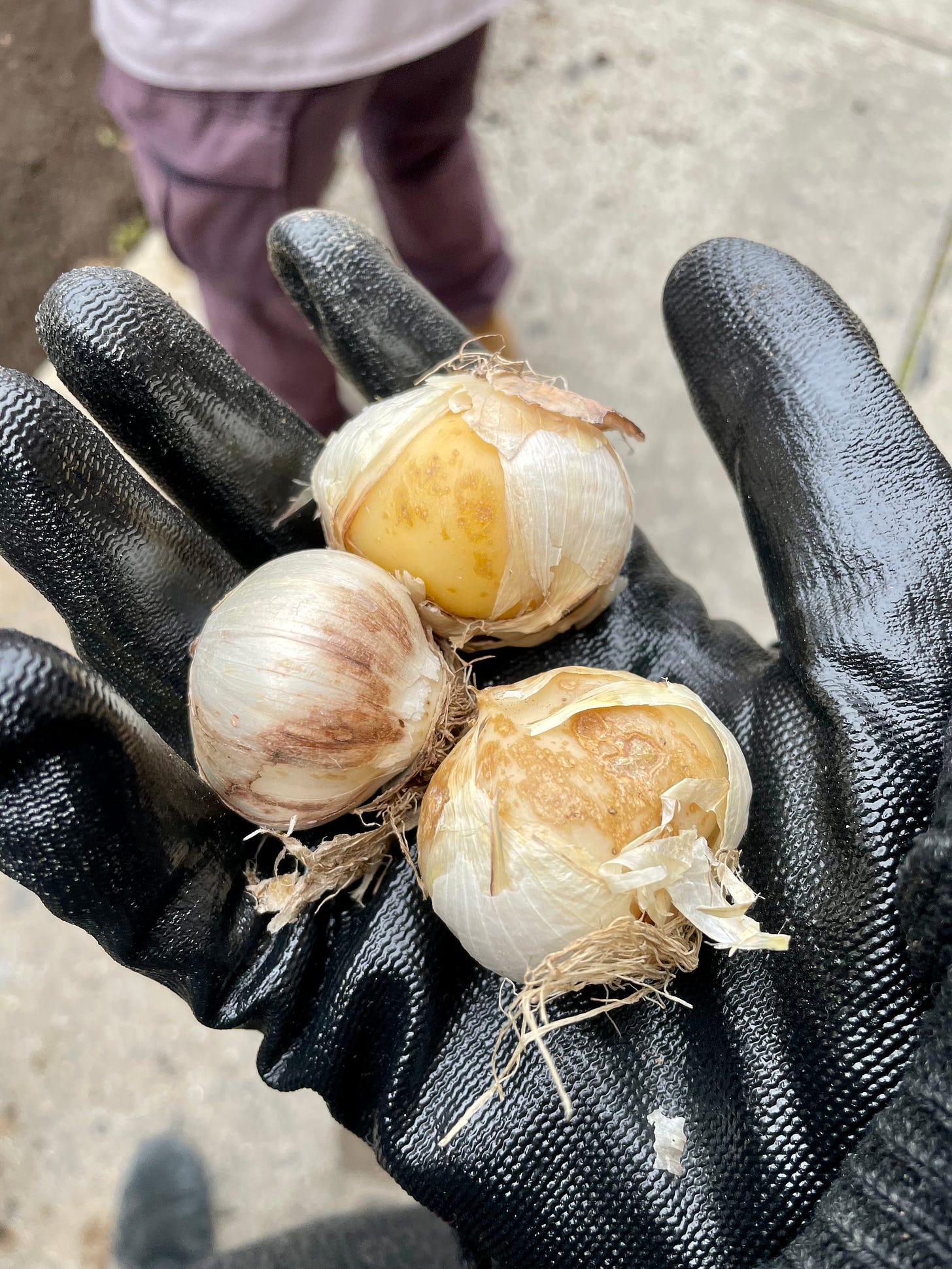
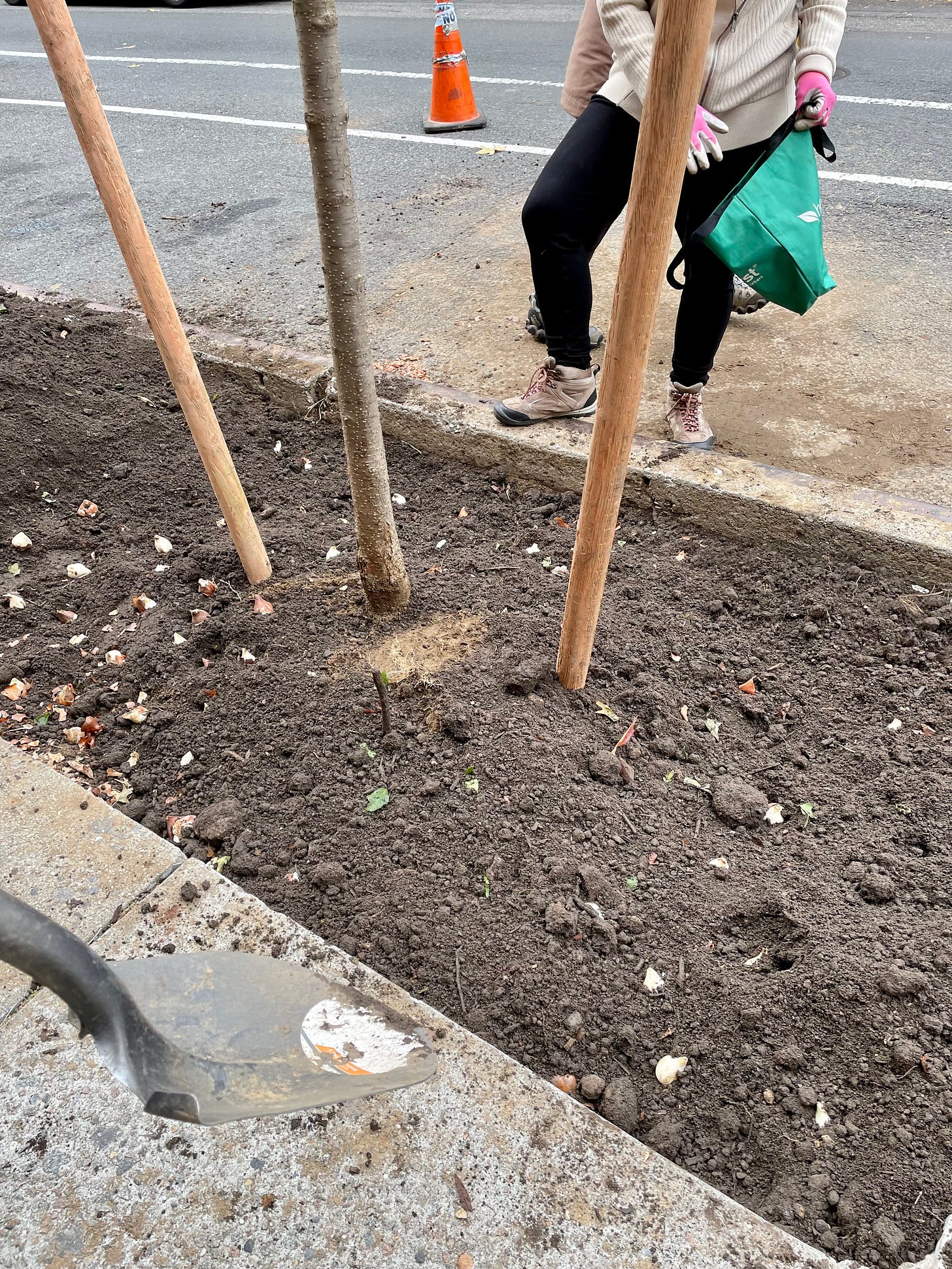
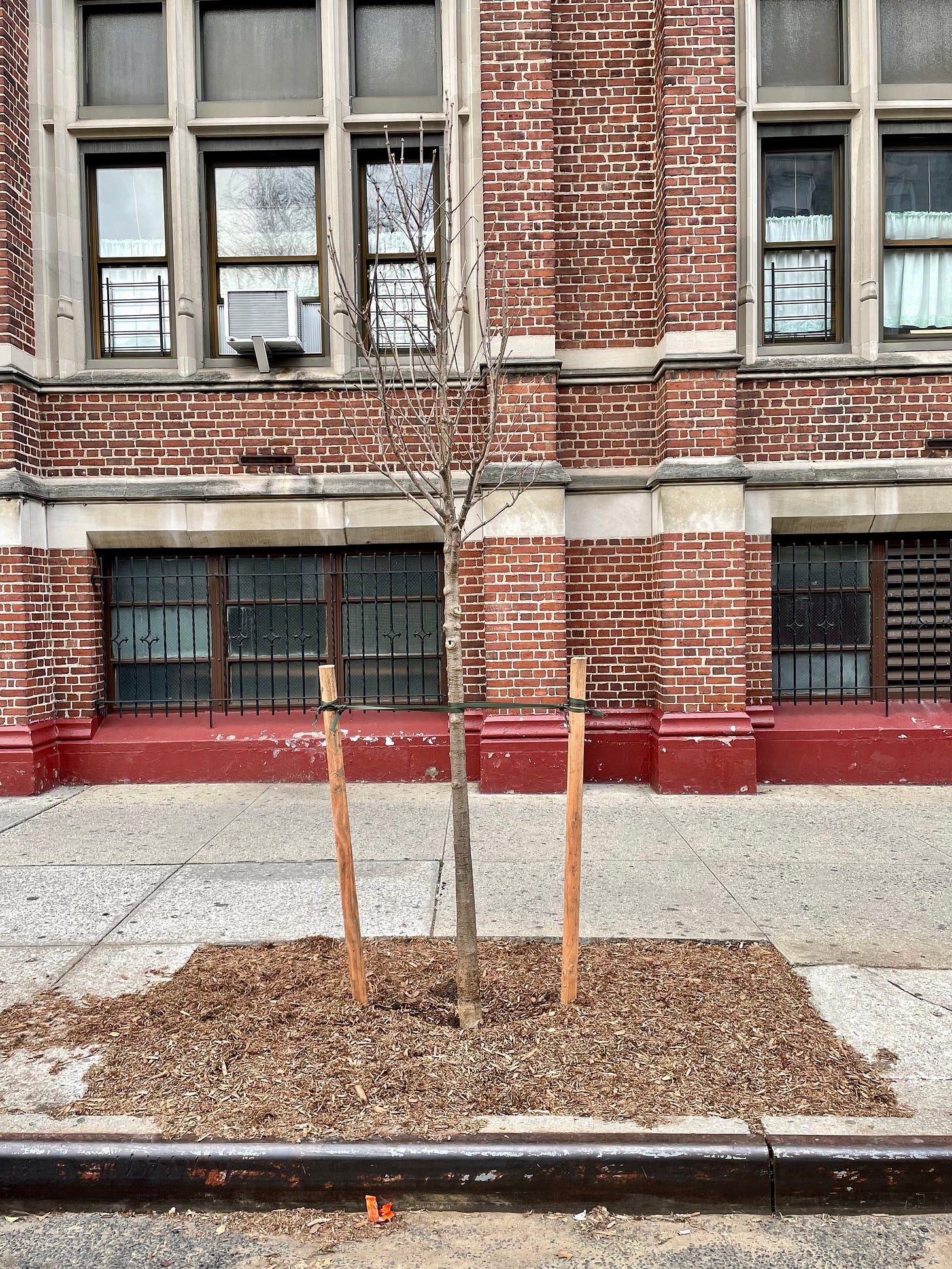
"trees provide crucial habitat for our sociopathic squirrels." this is the content I'm here for. loving your substack.
That is so cool! I read recently about one of the biggest markers of economic privilege is living in a neighborhood with a lot of trees, and how the trees make the neighborhood not just more appealing but COOLER in the summer. And then I think about the different neighborhoods in my city and how there are so few trees in the poorer areas. It would be great to get trees planted there. It's worth pondering for sure.